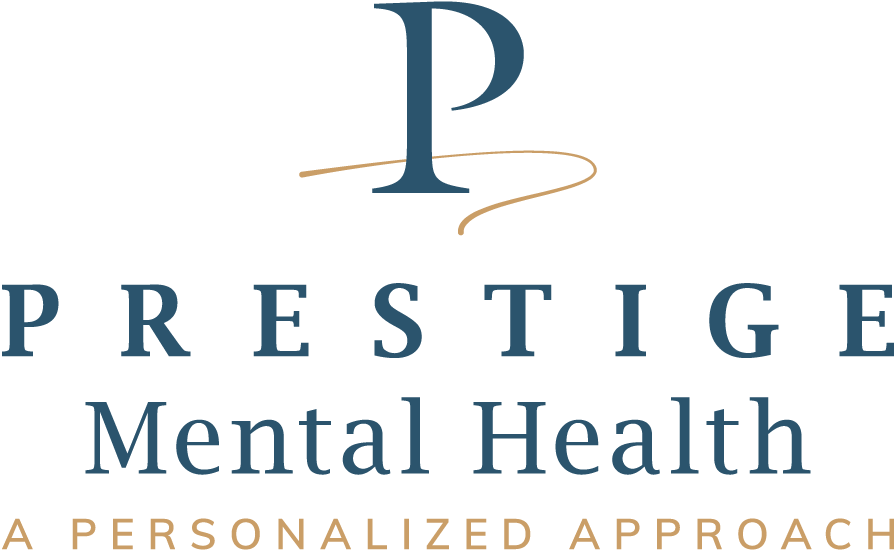When people hear the word anorexia, plus-size people don’t often come to mind. The public image is of emaciated women who have starved themselves thin. Recent studies have shown that the risks from anorexia affect all sufferers equally. This means that those with anorexia can be of any weight or body shape. The term for this condition in those who have this eating disorder but don’t have a low BMI is ‘atypical anorexia.
The Risks Of Anorexia In Plus-Size Patients
The first thing that studies into atypical anorexia discovered was similar levels of health risks across all weight ranges. Bradycardia is one condition known to affect anorexia sufferers. Patients with this condition have a slow heart rate, which indicates medical instability. If left unaddressed, these patients can develop other cardiac concerns such as irregular heartbeat. The extra body mass supported by those in higher weight groups means the consequences can be more evident.
Another struggle faced by these patients is the social stigma against obesity. Their perception of their appearance is reinforced by social media and public commentary. This can lead to a more difficult time breaking food avoidance habits. This is often the result of poor body image and negative feelings about their weight. Low body weight has often been considered a sign of anorexia nervosa. However, 33% of all eating disorder admissions involve those of above-average weight.
One measure of the severity of the eating disorder in patients is the rate of weight loss. Three factors indicate this severity:
- Large amounts of weight loss
- Rapid weight loss
- Extended durations of weight loss
Atypical anorexia meets all of the requirements set out in the DSM-5 for anorexia nervosa. These requirements include:
- Intense fear of gaining weight
- Food restriction that leads to weight loss
- Changes in how the patient experiences their body or weight
The one discrepancy is that those with atypical anorexia fall outside the weight guidelines. This remains true even after significant weight loss. The risk of cessation of menstruation in obese patients shows no change over underweight patients. This cessation is the result of the suppression of hormones caused by malnutrition.
Another variance is that atypical anorexia patients tend to show greater presentation of eating disorder psychopathology. This means they are more prone to food avoidance, eating in secret, and feeling discomfort with viewing their body.
Atypical anorexia Isn’t Just ‘Pre-Anorexia Nervosa’
Those with this eating disorder aren’t merely on the way to developing anorexia nervosa. In spite of their present body weight, they are experiencing a serious condition. Seeking help from a mental health provider who specializes in eating disorders is critical to their well-being. If you suspect you or someone you care about is suffering from atypical anorexia, seek help immediately. The long-term impact of this condition is just as severe as anorexia nervosa. By seeking help, you’ll be able to start working on getting your disorder under control. Remember, low weight isn’t the only sign of an anorexia disorder. It can come in all weights, shapes, and sizes.






